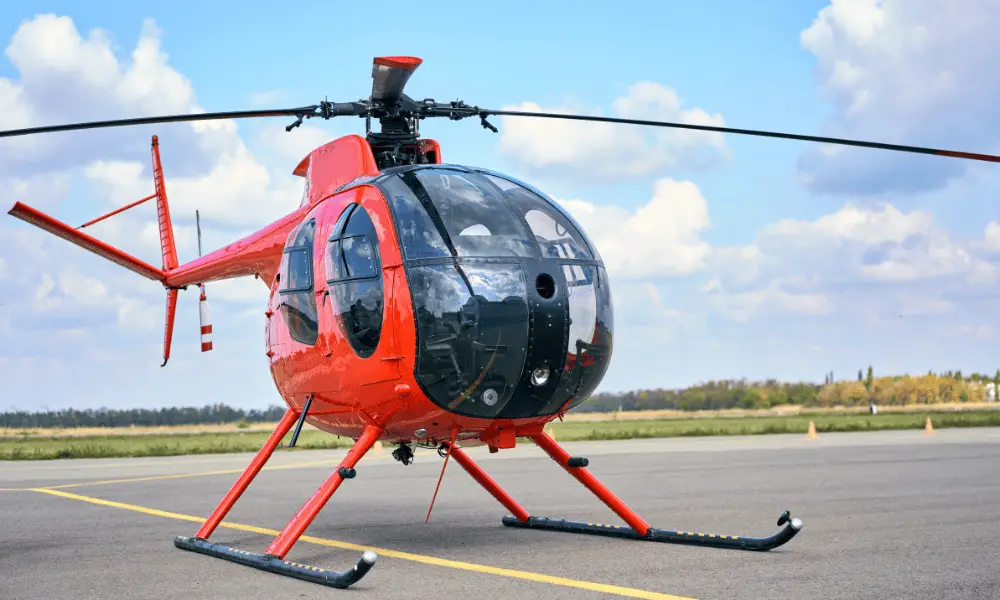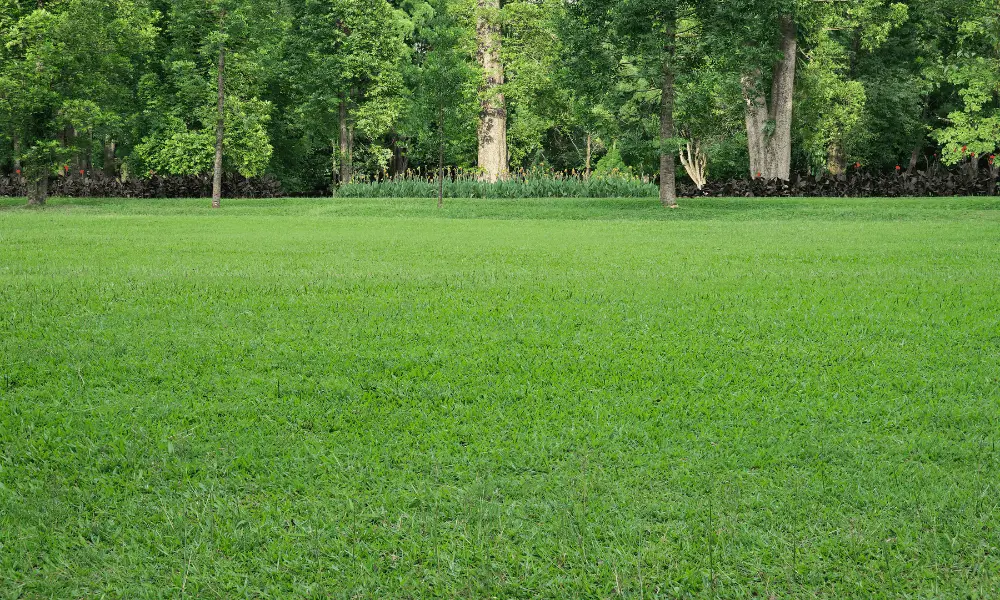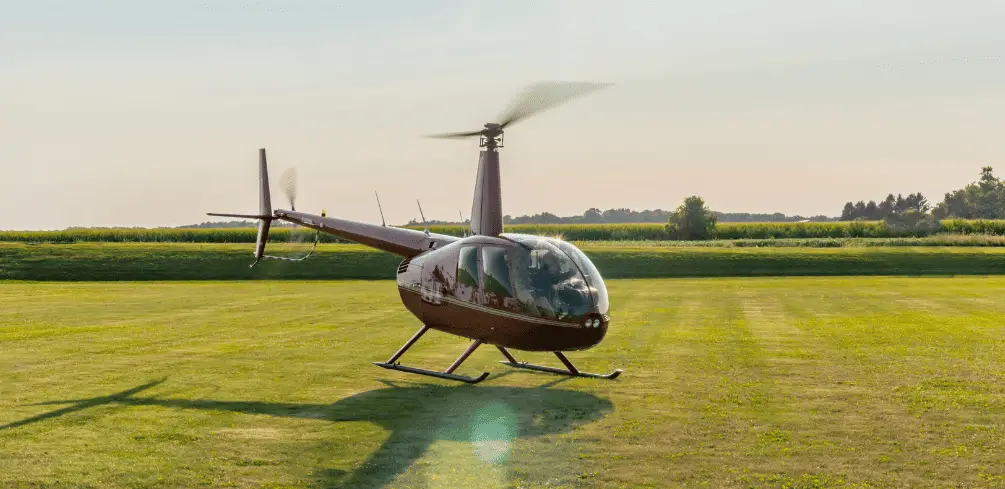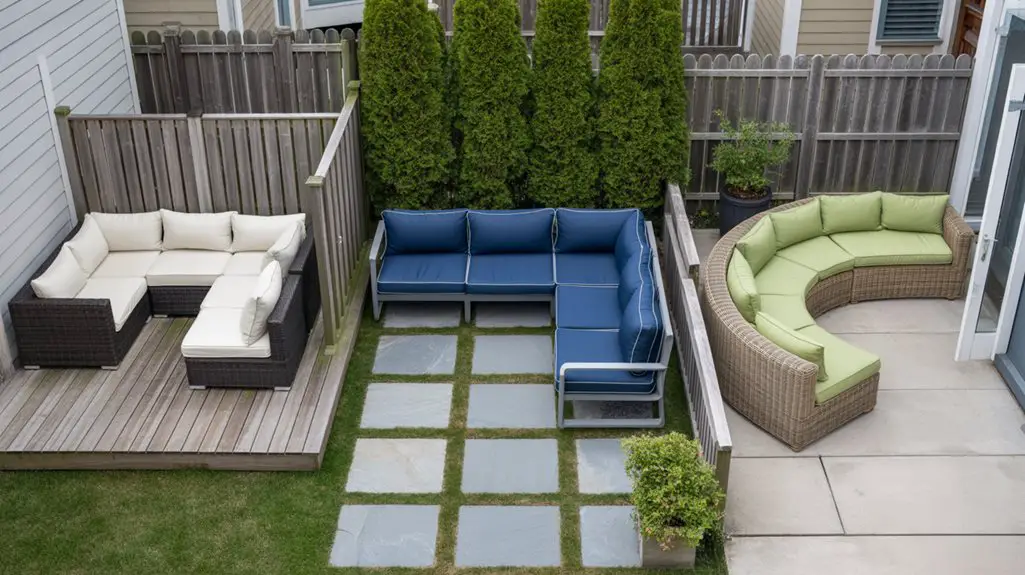Have you ever daydreamed about the convenience of having your very own helicopter landing pad in your backyard?
Imagine bypassing traffic jams and arriving home in style after a long day at work. While this might seem like a far-fetched idea, it’s not entirely impossible.
However, there are some essential factors to consider before attempting to land a chopper on your property.
This article will help you understand helicopter landing regulations, assess the size and suitability of your yard, and address safety concerns.
Now, don’t get too excited just yet – creating a personal helipad isn’t as simple as clearing some space and setting up a windsock.
There are numerous rules and regulations that govern where helicopters can land, especially when it comes to residential areas.
Additionally, you’ll need to evaluate if your property is even suitable for such an endeavor – considering factors like size, terrain, and proximity to neighbors.
Understanding Helicopter Landing Regulations

Before you even think about having a helicopter touch down in your backyard, it’s crucial to get familiar with the regulations surrounding helicopter landings.
Helipad permits, noise restrictions, and wildlife impact are all important factors that must be taken into consideration before planning such an endeavor
Moreover, local zoning laws and property value effects play a significant role in determining whether or not you can legally have a helicopter land on your property.
To begin the process, research your local zoning laws to find out if helicopters are allowed within residential areas. Some municipalities may require special permissions or even prohibit helicopter operations altogether.
Noise restrictions may also come into play, as helicopters tend to generate considerable noise, which could disrupt neighbors and nearby wildlife habitats. Reach out to your city or county officials for guidance on obtaining helipad permits and ensure that any necessary inspections take place prior to building a landing area.
Keep in mind that adding a helipad to your backyard may affect your property value – either positively due to increased convenience for potential buyers who own helicopters or negatively as some people might perceive it as an undesirable feature.
Consult with real estate professionals and assess the potential impacts of installing a helipad on your property before moving forward with construction plans.
By staying informed about these key regulations and considerations, you’ll be better prepared when deciding whether it’s feasible for a helicopter to land safely in your backyard.
Assessing Your Yard Size and Suitability

You’ll need to evaluate your yard’s size and suitability to determine if it’s an appropriate spot for a chopper touchdown!
Start by identifying any yard obstacles that could pose a risk during landing, such as trees, power lines, or structures like gazebos.
You’ll also want to make sure there is enough clearance around these obstacles for the helicopter’s rotor blades.
In addition to space concerns, consider the ground stability of your yard. Helicopters require a firm surface for safe landings; soft or uneven terrain can lead to accidents and damage.
Noise pollution is another factor you must take into account when assessing your backyard’s suitability for helicopter landings.
Helicopters are loud machines, and their noise may disturb not only your household but also neighboring properties.
Before attempting a landing in your yard, it would be wise to consult with neighbors and inform them of your plans. This will help avoid potential conflicts while ensuring you maintain good relationships within the community.
As you weigh the pros and cons of having a helicopter land in your backyard, don’t forget about potential wildlife disruption.
Birds and other small animals may become disoriented or frightened by the sudden appearance of a helicopter in their environment, which could lead to unfortunate incidents or even harm local ecosystems.
Furthermore, if you live near protected natural areas or wildlife preserves, it might be illegal to fly low over these spaces without proper authorization from authorities.
All in all, carefully assess every aspect of safety and legality before deciding whether landing a helicopter in your backyard is feasible – after all, ensuring everyone’s well-being should always be a top priority!
Safety Concerns and Considerations

Just as you’re considering the thrill of having a chopper touch down in your outdoor space, it’s crucial to address various safety concerns and take necessary precautions to ensure a smooth and secure experience for everyone involved.
First, consider backyard obstacles such as trees, power lines, buildings, fences, and any other objects that could obstruct the helicopter’s approach or departure.
Keep in mind that helicopters require an ample amount of clearance for safe landing and takeoff.
Additionally, noise pollution is another concern when planning a helicopter landing in your backyard. Neighbors may be sensitive to loud noises or vibrations caused by the aircraft; therefore, communicating with them beforehand might help alleviate any potential issues.
Emergency protocols are essential when planning a helicopter landing on your private property. Familiarize yourself with local regulations regarding emergency response plans for aircraft landings outside of designated helipads or airports.
This knowledge will help you respond appropriately in case anything goes wrong during the event.
Wildlife impact should also be considered since helicopters can pose threats to birds and other animals due to their rotor blades and noise levels. Researching local wildlife populations and adjusting flight schedules accordingly can minimize negative impacts on the environment.
Insurance implications should never be overlooked when preparing for a backyard helicopter landing.
Contact your homeowner’s insurance provider to discuss coverage options related to aviation activities on your property and ensure adequate protection against potential damages or liability claims resulting from accidents involving third parties or even trespassers who the sight of a helicopter nearby might attract.
By taking these safety concerns into account before planning an exciting backyard helicopter landing event, you’ll keep not only yourself but also your neighbors and the surrounding environment safe while still enjoying this unique experience!
Real-life Examples of Residential Helipads

Believe it or not, residential helipads are becoming increasingly popular among helicopter enthusiasts and affluent homeowners looking to add a touch of luxury and convenience to their properties.
These customized landing pads offer the ultimate accessibility for those who own helicopters or frequently use them for transportation.
However, installing a residential helipad is not as simple as clearing out some space in your backyard; there are several factors to consider, such as:
- Residential helipad designs
- Neighborhood perceptions
- Property value impact
- Emergency landing scenarios
- Maintenance requirements
When designing a residential helipad, safety should be the top priority. This means considering factors like proper lighting, windsocks, surface materials that provide good traction and minimize debris kick-up during landings, and clearly marked boundaries.
Additionally, it’s important to think about how your neighbors might perceive the addition of a helipad to your property – after all, they may have concerns about noise pollution or other potential disturbances caused by frequent helicopter traffic
You’ll also want to evaluate whether having a personal heliport could positively or negatively impact your property value.
As you weigh these considerations and plan your dream residential helipad, don’t forget about emergency landing scenarios – having an easily accessible spot for helicopters can potentially save lives in critical situations when time is of the essence.
Lastly, remember that maintaining a safe and functional heliport will require ongoing attention: periodic inspections should be conducted for signs of wear or damage on surfaces; vegetation needs regular trimming so it doesn’t encroach on the pad; snow must be cleared during winter months; and any necessary repairs should be addressed promptly.
By keeping all these aspects in mind while planning and maintaining your personal helicopter oasis, you’ll ensure both enjoyment and peace of mind for yourself and those around you.
Frequently Asked Questions

How much does it cost to install a private helipad in my backyard?
Ready to touch the sky? Helipad installation costs vary widely, from $15,000-$500,000. Consider permit requirements, noise concerns, neighbor considerations, and emergency usage before embarking on this lofty endeavor. Stay safe up there!
What type of helicopter is best suited for residential landing and takeoff?
When choosing a helicopter for residential use, consider zoning restrictions, noise pollution concerns, pilot licensing requirements, emergency landing considerations, and neighbor relations management to ensure a safe and hassle-free experience.
Can I use my backyard helipad for commercial purposes, such as offering helicopter tours?
You can use your backyard helipad for commercial purposes, but consider backyard zoning, noise regulations, pilot certifications, liability insurance, and community impact. Ensure safety and compliance to avoid any legal issues.
What kind of maintenance is required for a residential helipad?
Maintaining your residential helipad involves navigating backyard zoning restrictions, implementing noise reduction solutions, addressing insurance considerations, ensuring emergency preparedness, and conducting environmental impact assessments. Stay safety-focused and informed for smooth operation.
How can I ensure the privacy and security of my home when using a backyard helipad?
Prioritize privacy landscaping, proper security measures, and noise reduction. Respect flight restrictions and maintain neighborly relations. Strategically use trees, fences, and technology to safeguard your home while enjoying helipad convenience.
Conclusion
So, can a helicopter really land in your backyard? It all depends on regulations, yard size, and safety concerns. But don’t get too excited just yet.
Stay tuned as we dive deeper into the world of residential helipads. You might be surprised at what you’ll discover when it comes to bringing air travel right to your doorstep!




